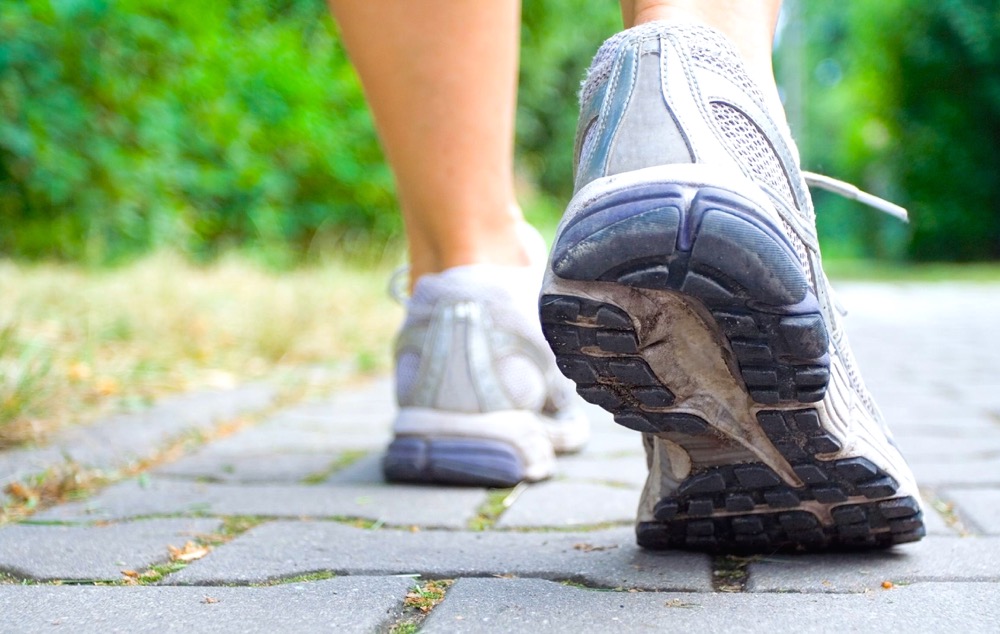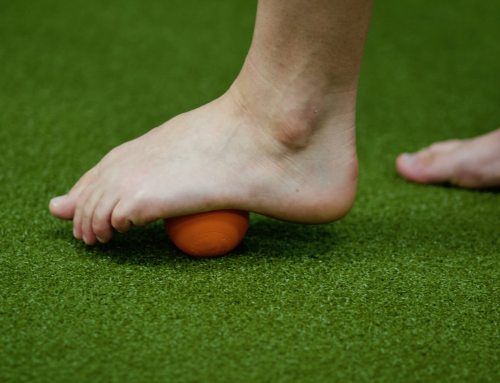By Rob Schneider
It is that time of year again. January 1 came and went with a New Years resolution to run more events this year, maybe a triathlon or even a marathon. Now you are 8 to 10 weeks into your training and an injury is upon you. You’re starting to get frustrated, maybe depressed, just into this new resolve and already you have to change your plans. Here is a 10-step plan to insure that you stay on track and end up where you want.
1. No whining
If you love endurance training, an injury this early in your training can be deflating. Forced down time can be a major pain. Keep things in perspective. The world isn’t going to end tomorrow. There are many people that you and I both know who aren’t or maybe will never be able to enjoy endurance sports. They may have severe illnesses or diseases. You get to go back and do something you really love. Yes, you will get better, and your love of what you do will bring you back. So, keep a positive attitude and stay positive. This will help speed your recovery.
2. Be patient
Injuries get better; it is their natural progression. Most of the pains and injuries you might experience because of endurance training heal when the environment for healing the tissue is optimized and sufficient time passes. Most of the time there are no magic pills to fix the problem. You will heal, so be patient and give the healing process the time it needs.
3. If you have a routine, stick to it
If you normally run at lunchtime, continue to get some sort of exercise at lunchtime. If you’re an early morning runner, go for a walk early in the morning. Continue your ritual stretching after your exercise time. There is more to your routine then just the exercise. The time you set aside for yourself is also important. Maybe, this is when you do your best thinking, or maybe it is your shut down time. Either way, it is YOUR time and there are probably a ton of things waiting to take that time. Don’t give that up. It will make it harder to start again and you will reap your mood boosting benefits from the routine itself.
4. Do it outdoors
This time of year it is tough enough to handle the short days. Many of us, benefit greatly from the exposure we have to daylight. There are physiologic benefits to endurance exercise that positively effect mood and happiness. Fresh air and increased sunlight can also help. Take advantage of it. It will help you maintain a positive attitude.
5. Sweat
If you normally work out for 45 minutes, then do another activity that doesn’t aggravate your injury for the same amount of time. You might need to do the activity a little more vigorously in order to produce as much sweat as you usually produce, but you will begin to satisfy your ego and need to work hard and feel good about yourself. You will also maintain your aerobic base, which you have been working so hard to develop. Not to mention burning those calories.
6. Lift weights
I don’t know about you, but when I’m gearing up for a long endurance event, the last thing I want to do is throw weights around in the gym. I barely have enough time to do all of the milage and stretching I need, much less mix in weightlifting.
When you are hurt, weights can be a godsend. Since you are often at the gym anyway, riding a stationary bike or the elliptical trainer, it’s not a big deal to spend another 20 minutes with weights. And, because you’re not running, doing more legwork than usual, along with some abdominal and upper body stuff is not a big inconvenience. You might even gain strength and better prepare yourself for your future events.
7. Stay connected
One of the most difficult aspects of being injured is not being able to train with your friends. The only time you might see some of them is when you run or ride together. So when out of action, make an effort to stay in touch and at least feel like you’re a part of the scene. A good way to do this is to volunteer to help out at events.
You also get to spend more time with your family. They normally make all sorts of concessions to your training, so while your injured, do the activities they want to do. You might have a newfound respect for and from your community.
8. Do something every day to get your health back
While injuries can be markedly different, most of them respond extremely well to rest and treatment. If there are things you can do (see a Physical Therapist or other health care provider) that can help you, do them. Very often, there are simple things you can do that will get you back to the activity that you love. Most injuries occur for a reason, fixing the cause will stop you from re-injury and possibly improve your performance. By taking action, you’ll speed recovery, achieve peace of mind, and possibly achieve self-improvement along the way.
9. Focus on today
As we get older, injuries may take longer to heal. Don’t set yourself up to fail. Just because you had a similar injury in the past and it only took 2 weeks to go away, doesn’t mean it will be the same story again. Arbitrary deadlines for healing can be very disappointing. You may have to forget about that upcoming race you were planning on. Just because you sent in that entry form, doesn’t mean you will be healed by then. Even if you are, lower your expectations and be happy you made it to the starting line. Celebrate the day. You are fortunate. Happiness lives in the journey and your still traveling.
Rob Schneider, MS, PT, ATC, SCS is the Regional Director for ATI Physical Therapy and the previous co-owner of Balanced Physical Therapy. He is a Board Certified Athletic Trainer and Sports Certified Specialist. He has been helping Athletes of all ages in our community since 1991.






